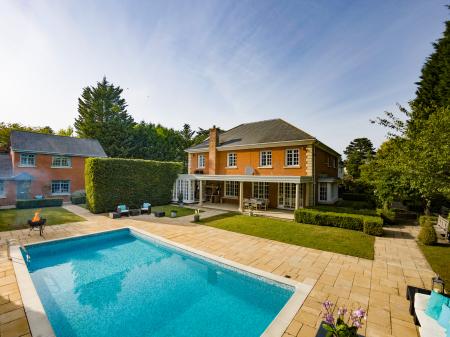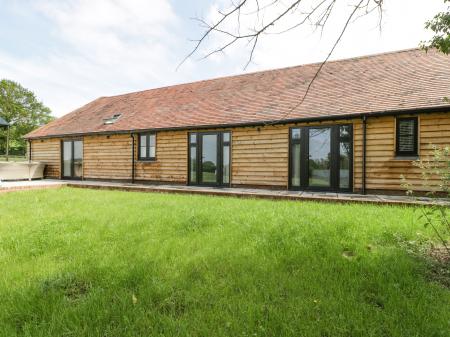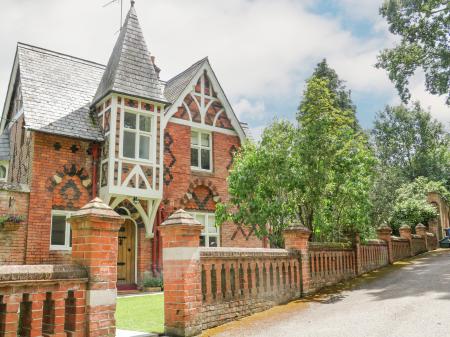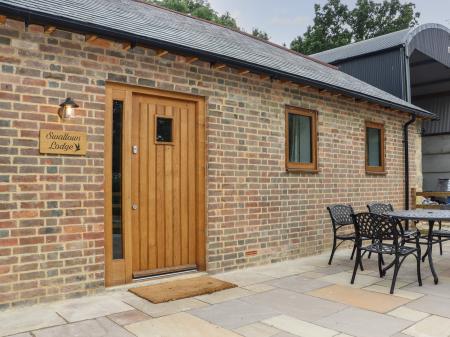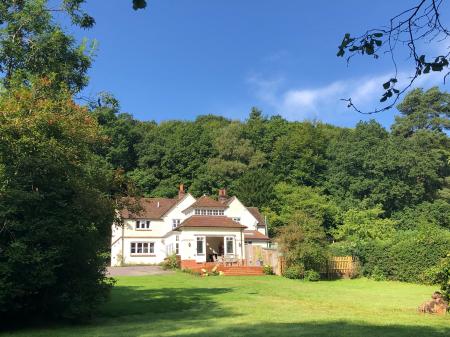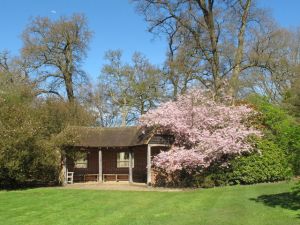
The Savill Garden is one of the great ornamental gardens of England, developed in the setting of Windsor Great Park. The garden owes its name to its designer, Sir Eric Savill, who laid out a series of interlinked garden areas in the 1930s, with the support of George V and Queen Mary.
The gardens have always enjoyed royal patronage, and in some cases, the personal contributions of members of the royal family, many of whom have planted trees here. Elizabeth II personally opened the Rose Garden in 2010.
The garden includes an area of attractive woodland, ornamental gardens, a temperate house, New Zealand garden, and a pond. The varied planting makes the garden a colourful place to explore at any season. The way the garden is laid out in separate spaces means that each garden area has its own unique collection of plants and offers something completely different throughout the year.
The garden consciously emulates the great plant-hunters of a bygone age and searches the globe for rare and unusual plant varieties.
There are winter beds to take advantage of early flowering plants, lush displays of azaleas and rhododendron in May, and scented roses to delight the senses in June. The Rose Garden and densely planted herbaceous borders are at their best in mid summer, while rich red and gold colours burst forth in Autumn.
The gardens are known for mixing together exotic plant varieties with more familiar British plants, and producing interesting hybrids.
You can see from the highlights list that there are several woodland areas each designed to be at their best at a different season. For example, the Dry Garden hosts plants native to the Mediterranean basin, while the New Zealand Garden is filled with water-loving plants like tussock grasses and cabbage palms. There are colourful winter walks, when the Cornus sanguinea dogwood is at its outrageously vibrant best.
One recent highlight is one of the most recent additions to the garden. In 2006 a modern visitor centre was opened, using timber from the Windsor Estate for the roof and floor.
There is an entrance fee, though winter entry may be free of charge. There is an on-site car park, free of charge with a paid admission to the garden.
What to See
- Hidden Gardens
- Summer Gardens
- New Zealand Garden
- Spring Wood
- Summer Wood
- Glades
- Autumn Wood
- Azalea Walks
